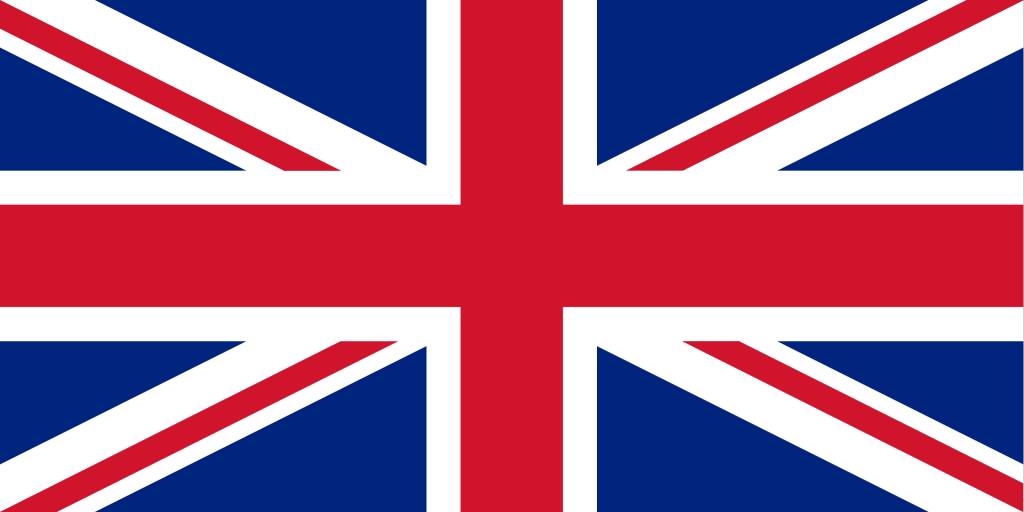Super guarantee contribution due date for June 2021 quarter
The due date for employers to make super guarantee contributions for their employees for the June 2021 quarter is 28 July 2021.
Note that the super guarantee rate in relation to salary and wages paid on or before 30 June 2021 is 9.5%, but the super guarantee rate is 10% in relation to salary and wages paid from 1 July 2021 (even if they are paid in relation to work performed before that date).
Also, contributions made (and received by the fund) after 30 June 2021 will not be deductible in the 2021 income year, even if they are made in relation to work performed during the 2021 income year.
Extension of time to make repayments on Division 7A loans
Editor: Under a complying Division 7A loan from a private company, the borrower must make minimum yearly repayments (‘MYR’) before the end of the lender’s income year to avoid the loan being treated as an assessable dividend.
To offer more support due to the ongoing effects of COVID-19, an extension of the repayment period is now available for those who were unable to make their MYRs by the end of the lender’s 2020/21 income year (generally 30 June).
The borrower can apply for this administrative relief using the ATO’s streamlined online application. Note that they must still make up the shortfall of their 2020/21 MYR by 30 June 2022.
Editor: A similar extension was also available for the MYR for the 2019/20 year, and borrowers who obtained this extension needed to have made up that shortfall by 30 June 2021.
If they didn’t meet this deadline, they will need to either obtain a further extension of time for the 2019/20 MYR outside the streamlined process, or amend their 2019/20 tax return to include a dividend.
Rent or lease payment changes due to COVID-19
The ATO has provided updates regarding the tax implications when a landlord gives, or a tenant receives, rent concessions (such as waivers or deferrals of rent) as a result of COVID-19.
For example, the ATO provides the following advice for tenants that have received a rent waiver.
If the waived rent is related to a past period of occupancy that the tenant has already incurred and claimed a deduction for, they are still entitled to that deduction.
However:
- if they have already paid the incurred rent and it has been waived and refunded to the tenant, they will need to include this amount in their assessable income when they receive it; or
- if they have not already paid the incurred rent and it has been waived, the rent waiver will be a debt forgiveness. When such a debt is forgiven, the tenant will make a gain. The amount isn’t usually included in the business’s assessable income — it is instead offset against amounts that could otherwise reduce the business’s taxable income.
If the waived rent is related to a future period of occupancy, they will not be entitled to a deduction for that amount.
Editor: These types of rent concessions can give rise to various tax implications for both tenants and landlords (including GST implications), so please contact our office if you would like assistance in this regard.
Lost, damaged or destroyed tax records
The ATO knows that many taxpayers are facing lasting impacts left in the wake of natural disasters, so if they find their records have been lost or destroyed, whether in cyclones, floods or bushfires, the ATO can help. According to ATO Assistant Commissioner Tim Loh:
“If you have a myGov account linked to the ATO, you’ll be able to view some of your records, including income tax returns, income statements and previous notices of assessments. If you lodge through a registered tax agent, they can also access these documents on your behalf.”
Government agencies, private health funds, financial institutions and businesses provide information to the ATO which is available to tax agents and automatically included in returns by the end of July.
If taxpayers have lost receipts due to a natural disaster, the ATO can accept reasonable claims without evidence, so long as it’s not reasonably possible to access the original documents (although the taxpayer may be required to tell the ATO how they calculated the claim).
Introducing SMSF rollover alerts
Since February 2020, the ATO has been issuing alerts via email and SMS when certain changes are made to a self-managed super fund (‘SMSF’).
With the inclusion of SMSF rollovers in SuperStream, the ATO will send the fund an email and/or text message alert when the fund uses the SMSF verification service (‘SVS’) to verify the SMSF’s details before making a rollover.
Note that funds may use this service multiple times when actioning a single rollover request, which may result in receiving multiple alerts.
These alerts are being sent to help safeguard retirement savings and reduce the risk of fraud or misconduct.
If a fund receives an alert and is already aware of the rollover request, there is nothing more that needs to be done.
However, if a member didn’t request a rollover to be made to an SMSF, or they want more information, they will need to contact their existing super fund(s) as a matter of priority, as rollovers through SuperStream may be processed in as little as 3 business days.
SMSF limited recourse borrowing arrangements interest rates
The ATO has confirmed that the following interest rates charged under a limited recourse borrowing arrangement (‘LRBA’) to an SMSF would be consistent with the safe harbour terms the ATO will accept for the 2021/22 financial year.
Real property: 5.10%
Listed shares or units: 7.10%
Note that these rates are unchanged from those the ATO accepted for the 2020/21 year
New ATO data-matching programs
The ATO has advised that it will engage in two new data matching programs, as outlined below:
- the ATO will acquire novated lease data from McMillan Shakespeare Group, Smartgroup Corporation, SG Fleet Group, Eclipx Group, LeasePlan, Toyota Fleet Management, LeasePLUS and Orix Australia for the 2018/19 through to 2022/23 financial years (relating to approximately 260,000 individuals each financial year); and
- the ATO will acquire account identification and transaction data from cryptocurrency designated service providers for the 2021 financial year through to the 2023 financial year inclusively (relating to approximately 400,000 to 600,000 individuals each financial year).





